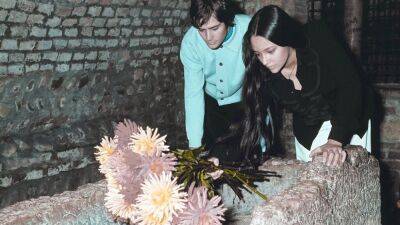Tourists throw over €1 million into Italy’s Trevi Fountain each year. Here’s what happens to it
If you’ve visited Rome, you’ve probably thrown a coin into the famed Trevi fountain.
Each year, over €1 million ends up in the water of the spectacular 18th century monument.
But where does all this money go?
For over a decade, the windfall - collected by a dedicated team every few months - has been contributing to a very good cause.
Built between 1732 and 1762, the Trevi Fountain is one of Rome’s most iconic sights. It was designed by Nicola Salvi and represents the taming of the waters.
Against a monumental facade of giant Corinthian pilasters, river god Oceanus rides a shell chariot pulled by sea horses.
One of the creatures is docile while the other rears wildly, representing the contrasting characters of the sea.
As per tradition, tourists stand with their backs facing the monument and toss a coin over their left shoulder with their right hand into the water.
The ritual was made famous by the 1954 film "Three Coins in the Fountain" and is supposed to guarantee the visitor’s return to the Eternal City.
Each day, around €3,000 of loose change ends up in the Trevi Fountain.
That works out as up to €1.5 million tossed into its waters each year.
A post shared by Euronews Travel (@euronewstravel)
A couple of times a year, the city sends in a team to collect the fortune.
The workers use brushes on the end of long poles to sweep the coins into piles and then use a suction hose to extract the money from the water.
The coins are then bagged under the watchful eye of the police.
In 2001, the mayor decided that the money should be collected for a local charity to put a stop to the frequent attempts by people to steal coins from the fountain.
Since then, the loose change that ends up in the fountain has been donated each year to Rome’s Catholic







